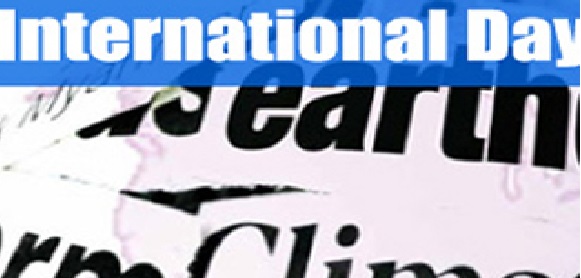By Mariyam Suleman Baloch
“The International Day for Disaster Reduction” is celebrated through out the world to find out how people and communities are reducing the risk to disasters and raising awareness about the importance of reducing the risks of disaster in their regions. This day encourages every citizen and government to actively participate in building disaster resilient communities and nations.
The United Nations Organization stepped up this initiative in 2011. Every year this day is celebrated with a different theme and finally it will be leading to the World Conference for Disaster Reduction in 2015.
With the theme of “Disaster Risk Reduction for the women, children, old people and people with disabilities”, this day was celebrated by the RCDC Gwadar recently. A number of students, journalists and social activists participated in the event.
Gwadar as a peninsular town is covered with water on three sides. Its location makes it vulnerable to disasters hence there is an extreme need to aware the local communities as well as the responsible authorities to be alert and get prepared before hand.
Disasters are not new to Gwadar. There has been a Tsunami in 1945 which left numerous people affected along with several causalities. In 2005 as well as 2007, 2008 and 2010 Gwadar has seen catastrophic rains and has survived from great oceanic disasters. Recently in September 2013, the eruption of the new island after an earthquake surprised the residents of Gwadar. This is the same earthquake had shattered Awaran district of Balochistan leaving thousands of people affected.
A social activist that had been part of the rescue work for the Awaran earthquake shared his experiences. Emphasizing on the three essential components of rescue work, he explained the very first steps to be taken just after a disaster.
Due to cultural barriers women are often ignored when taking about early preparedness for such disasters thus there should be special trainings by the (NDMA) National Disaster Risk Management) and (PDMA) Provincial Disaster Risk Management authorities for women.
It has always been noticed that children have been the biggest victims in natural disasters. In 2005’s earthquake in the northern areas of Pakistan, most people who died were school children and similarly in Awaran children in madrisas were the biggest victims. This makes it clear that there is an extreme need to aware the children about basic safely procedures along with getting them prepared for such disasters. Old people and the disabled ones are the responsibilities of the people near them to help them evacuate during such situations.
There should be special drills for all communities in the vulnerable areas of Balochistan specially the coastal Balochistan which comes under a specific geographical zone that is endangered for coastal and geological natural disasters.
When mentioning disaster risk reduction in district Gwadar, influential Early Warning System as well as disaster monitoring systems are the biggest need for this region hence the government of Balochistan and the local authoritative organizations for instance; Municipal Committee of Gwadar and Gwadar Development Authority (GDA) should work on this project and invest for high-tech early warning systems along with training rescue teams and providing various facilities to reduce the risks of disaster.
Published in The Balochistan Point on October 28, 2014
 Balochistan Point Voice of Nation
Balochistan Point Voice of Nation




